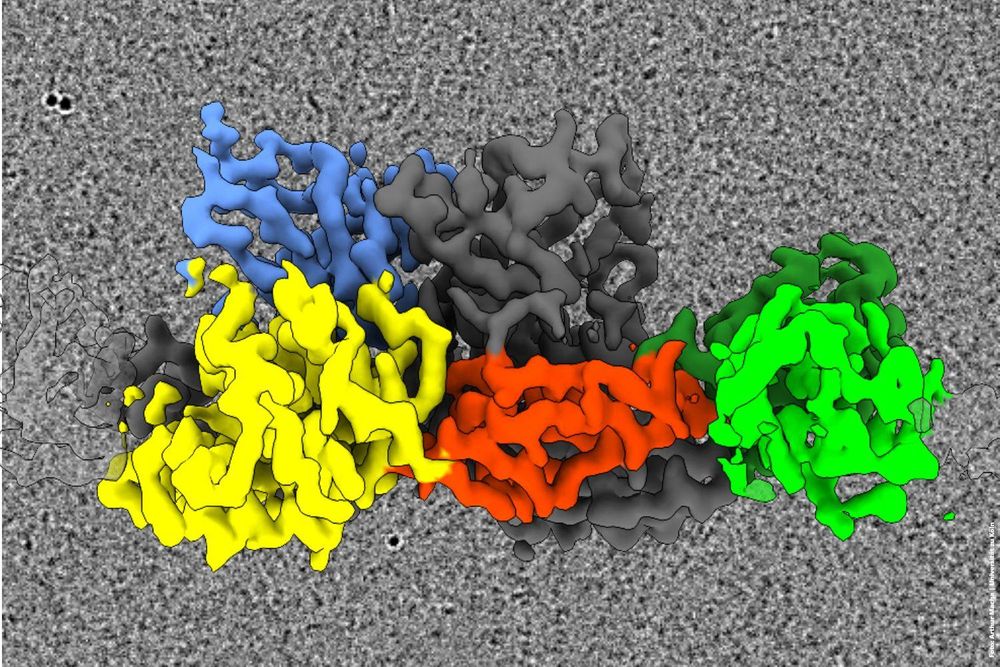




Electron capture decay of Tc-98
journals.aps.org/prc/pdf/10.1...

Electron capture decay of Tc-98
journals.aps.org/prc/pdf/10.1...
🔗🔓tiny.cc/Spinstate

🔗🔓tiny.cc/Spinstate
@unicologne.bsky.social @chemunicologne.bsky.social
🧪
link.springer.com/article/10.1...

@unicologne.bsky.social @chemunicologne.bsky.social
🧪
link.springer.com/article/10.1...


This #discovery was made by a research team @bccologne.bsky.social studying the molecular architecture of #synapses. The study shows that the protein #gephrin forms flexible filaments in the brain, serving as an important building block of inhibitory synapses.

This #discovery was made by a research team @bccologne.bsky.social studying the molecular architecture of #synapses. The study shows that the protein #gephrin forms flexible filaments in the brain, serving as an important building block of inhibitory synapses.
doi.org/10.1002/zaac...
@chemunicologne.bsky.social
@unicologne.bsky.social
🧪

doi.org/10.1002/zaac...
@chemunicologne.bsky.social
@unicologne.bsky.social
🧪

Only in german for now. Until I translated it in a couple of weeks.
youtu.be/ClUnkq_gBL4?...

Only in german for now. Until I translated it in a couple of weeks.
youtu.be/ClUnkq_gBL4?...
#MontVentoux #Cycling #Researcher

#MontVentoux #Cycling #Researcher
#organicelectronics #solarcells #research #science

#organicelectronics #solarcells #research #science
pubs.acs.org/doi/10.1021/...

pubs.acs.org/doi/10.1021/...
Further info: uni-koeln.de/en/universit...

Further info: uni-koeln.de/en/universit...
Follow us for news about our #research and #teaching!
⠀
#sciencesky #biochemistry #structuralbiology
Follow us for news about our #research and #teaching!
⠀
#sciencesky #biochemistry #structuralbiology
jobportal.uni-koeln.de/bewerben/2186

@chemunicologne.bsky.social @unicologne.bsky.social 🧪
link.springer.com/article/10.1...

@chemunicologne.bsky.social @unicologne.bsky.social 🧪
link.springer.com/article/10.1...

@chemunicologne.bsky.social @unicologne.bsky.social #chemsky
www.sciencedirect.com/science/arti...
🧪


Open access👉 rdcu.be/elhkx (in German)
Thanks @gbmev.bsky.social, @gesvirologie.bsky.social and @riemerlab.bsky.social 😉 for the invitation!

Open access👉 rdcu.be/elhkx (in German)
Thanks @gbmev.bsky.social, @gesvirologie.bsky.social and @riemerlab.bsky.social 😉 for the invitation!



